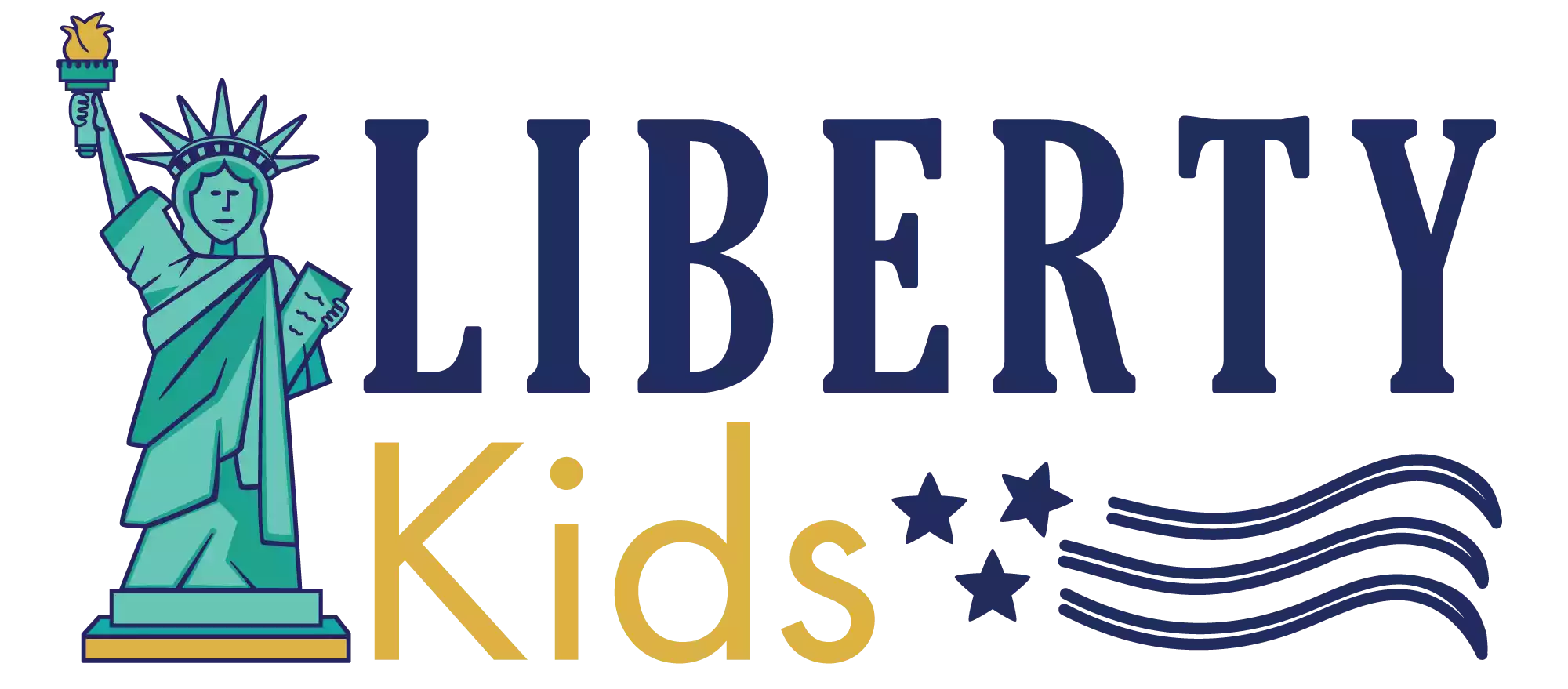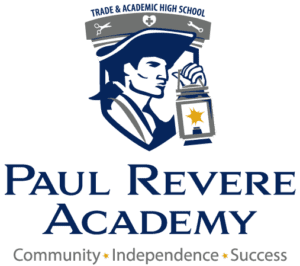
5 Things You Didn't Know About School Choice
I recently had the pleasure of speaking with Jenny Clark, a member of the Arizona State Board of Education and founder of Love Your School, a non-profit focused on helping parents find the best education options for their children. Jenny is a passionate advocate for school choice and brought some fascinating insights about the current state of education in Arizona and across the country.
Here are 5 things I learned from our enlightening discussion:
1. School Choice is Rapidly Expanding, with Education Savings Accounts Leading the Charge
According to Jenny, we are in the midst of a "second wave" of school choice in America. While the growth of charter schools drove the first wave in the 1990s, today, Education Savings Accounts (ESAs) are the new frontier. ESAs allow parents to access the state portion of their child's education funding (around $7,500 per year in Arizona) and use it to pay for private school tuition, homeschooling expenses, tutoring, and other education costs.
In 2022, Arizona became the first state to make its ESA program universal, meaning all families can now participate regardless of income level. Since then, 12 more states have followed suit, and Jenny predicts even more will do so this year. Over 75,000 Arizona families have already signed up, demonstrating the huge pent-up demand for more flexible education options. As Jenny explained, "This is what parents were waiting for. This is what they wanted. This is what they needed because our program grew so quickly."
The growth of ESAs is an exciting development for families seeking alternatives to their zoned district school. By putting education dollars directly in the hands of parents, ESAs empower families to craft a customized education experience tailored to their child's unique needs and interests. I believe we will continue to see ESA programs proliferate in the coming years as more states recognize their immense potential.
2. School Choice Benefits Public Schools by Promoting Competition and Innovation
One of the most persistent myths about school choice is that it hurts public schools by siphoning away students and funding. But the reality is quite different. Districts that embrace competition, like Arizona's Chandler Unified School District, have actually seen enrollment increase as they expanded their own school choice offerings and specialized programs to attract families.
Rather than complaining about charters or ESAs, forward-thinking districts are asking themselves, "How can we provide what parents want so they choose us?" This competitive mindset spurs public schools to innovate and improve in ways that benefit all students. As Jenny noted about one district that is losing some students to ESAs: "It's never tragic when a parent is empowered to make a decision and put their child somewhere that works for them. They're no longer trapped. That's a good thing."
Additionally, when students with special needs opt for an ESA, the district is relieved of the burden of providing expensive services while empowering parents to purchase the specific therapies and support their child requires. It's a win-win situation that improves education for everyone. School choice is not about poaching from public schools—it's about ensuring every student can access the learning environment that is right for them.
3. ESAs Provide Unparalleled Flexibility and Customization
The most exciting aspect of ESAs is the immense flexibility they afford families. Parents can use the funds for private school tuition, homeschool curriculum, online classes, personal tutors, specialized therapies, and almost any other education-related expense. As Jenny put it, "We want a country where kids and our options and our opportunities are changing by the minute, where they are flexible and innovative."
This flexibility is especially valuable for students with disabilities or unique learning needs. In Arizona, ESA awards are significantly higher (up to $30,000) for students with conditions like autism that require intensive support services. Families can use these funds to purchase one-on-one therapies, adaptive technologies, or specialized learning programs unavailable in traditional schools.
Even for neurotypical students, ESAs open up a world of possibility. Jenny shared how her own son has thrived using an innovative online program called Synthesis, which emerged out of SpaceX to teach critical thinking and collaborative problem-solving skills. With an ESA, families can mix and match elements to design a truly bespoke educational experience aligned with their child's passions and goals. Learning options that don't even exist yet today may emerge in the near future as entrepreneurs respond to parent demand. The future of education is flexible, and ESAs put Arizona at the forefront of this exciting wave of innovation.
4. Accountability Comes Through Parent Choice, Not Government Mandates
Another myth Jenny was quick to dispel is the notion that ESA programs lack accountability because they don't require standardized testing. She countered that, in reality, ESAs empower parents to hold education providers directly accountable in ways not possible in the public school system.
With an ESA, if a parent is dissatisfied with their child's learning progress, they can take their dollars elsewhere - a powerful incentive for schools and service providers to deliver results. In the public system, parents have little recourse if their child fails to read at grade level or has other unmet learning needs. Switching schools is often difficult or impossible, especially for lower-income families.
As Jenny explained, "True accountability lies with the parents. There's nobody that cares more about how my child is doing academically than me." ESA families can (and do) use their funds to purchase diagnostic assessments to monitor their child's progress. However, they are not forced to limit their curriculum or learning tools based on what the state has approved for its standardized tests. Government mandates are often outdated and inapplicable to many students' needs, as I saw firsthand with the English learning programs imposed on Navajo students. With ESAs, parents are empowered to discern and choose what works best for their child.
5. ESAs Expand Access to Educational Opportunities For All Students
Perhaps the most inspiring thing I learned from my discussion with Jenny is how ESAs are expanding access to educational opportunities previously out of reach for many families. Wealthy parents have always enjoyed school choice, either by paying private school tuition or moving to districts with better-funded public schools. But for far too many families, particularly in lower-income and minority communities, options have historically been limited to the school they are zoned for, regardless of its quality or fit for their child.
ESAs help level the playing field by empowering all parents to access the per-pupil funding that the state allocates for their child's education. While district schools often argue this takes money away from them, Jenny flipped the script: "When we stop paying more money right now in Arizona, it's around $12,000 per student for the district public school. When we stop paying for wealthy families to go to the public school system, then we can have a conversation because nobody thinks about the fact that the state is spending money on “wealthy families all the time to go to public school."
By untethering education funding from housing locations, ESAs ensure that all students have access to a quality education, not just those who can afford private school or a home in the "right" neighborhood. This is a moral imperative and an economic necessity in an era when education attainment is more correlated with life outcomes than ever before. Universal ESAs are one of the most promising policies we have for closing opportunity gaps and ensuring every child can reach their full potential.
Navigating the Growing Landscape of Educational Opportunities
My conversation with Jenny left me immensely hopeful about the future of education in Arizona and across the country. The rapid growth of ESAs and other school choice programs signals that a transformative shift is underway - one that empowers parents, expands opportunity, and encourages innovation to meet the diverse needs of today's students. While change is never easy, I'm excited to see where this wave of educational freedom and flexibility leads.
If you are a parent, I encourage you to thoroughly research the growing number of education options available for your children. Visit LoveYourSchool.org to learn about ESAs and other school choice programs in Arizona. Talk to other parents about their experiences with different learning environments. Most of all, never stop advocating for what you believe is best for your child's education. With an abundance of choices, a bright future of lifelong learning and opportunity awaits the rising generation.
If you want to learn more about the American Classroom podcast, please visit AmericanClassroom.Show.























Comments